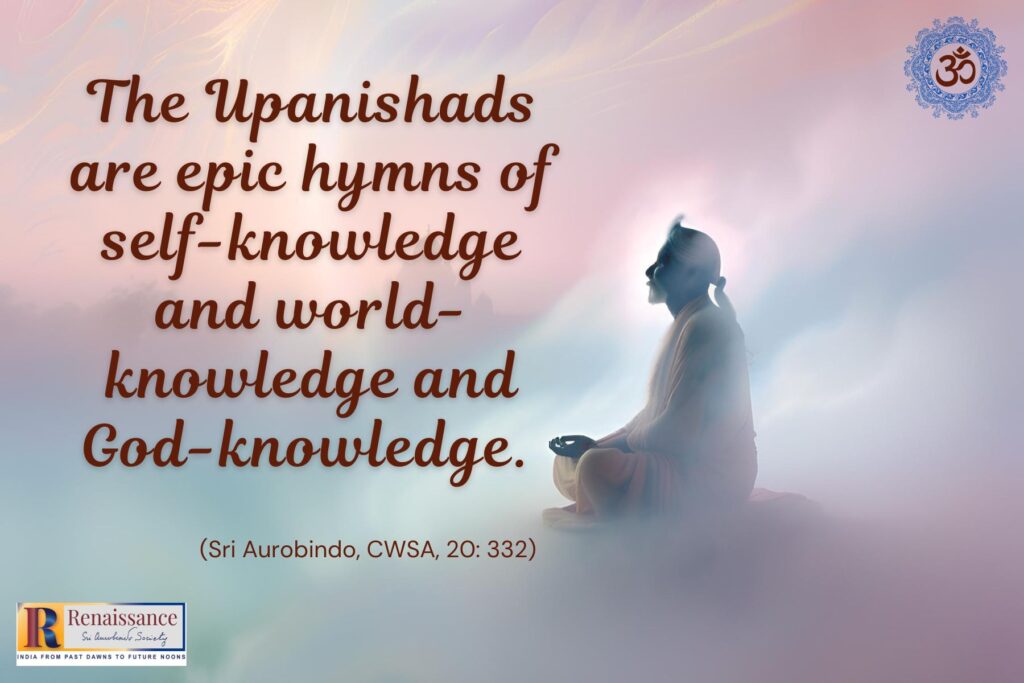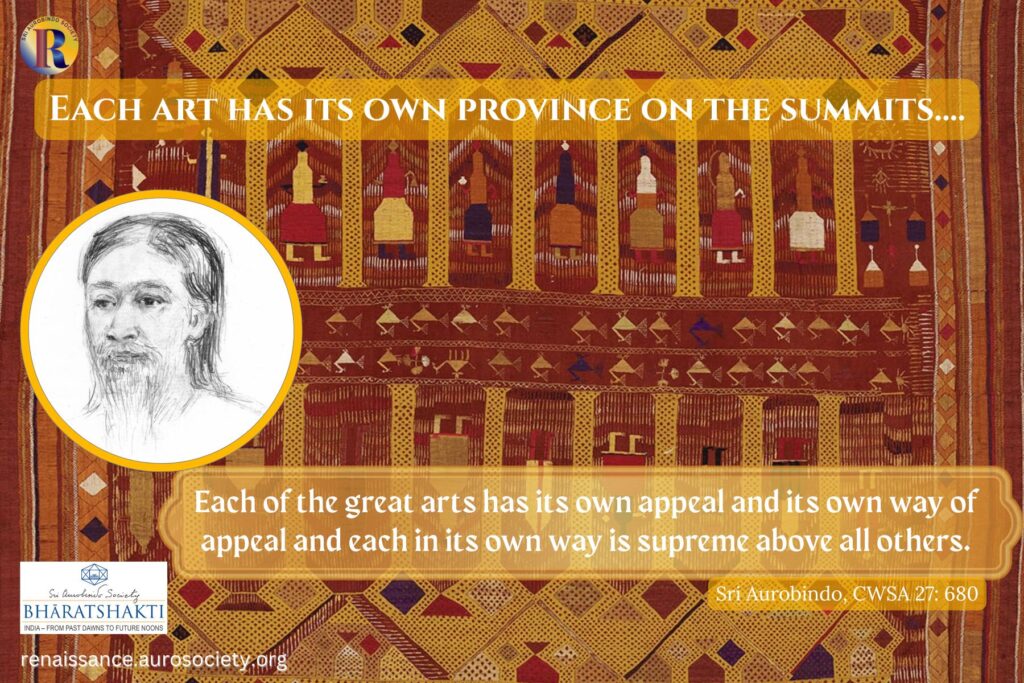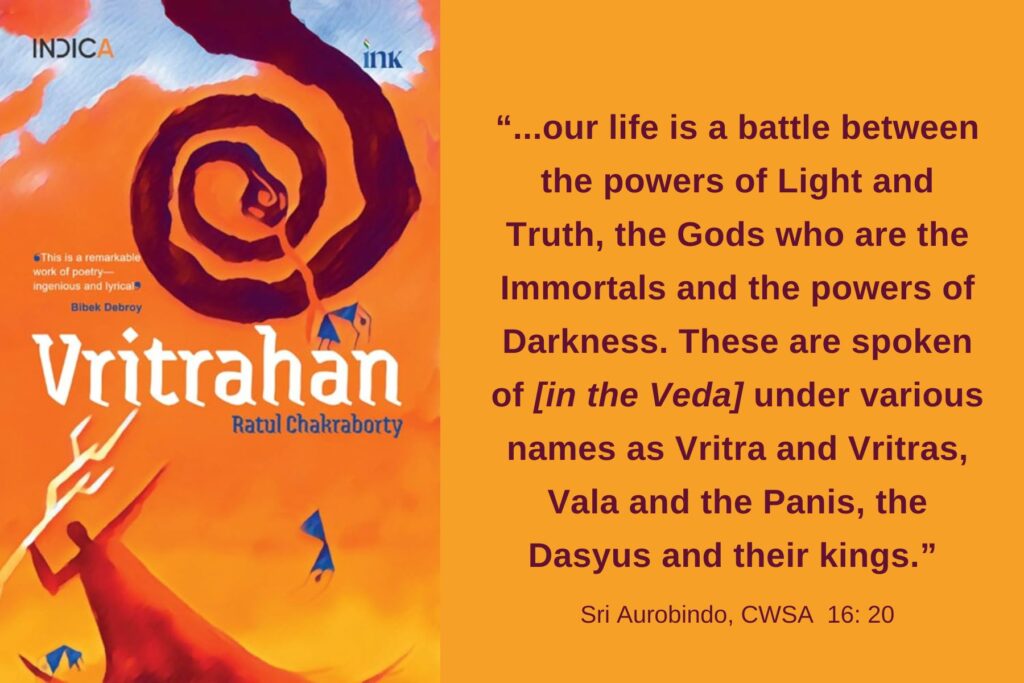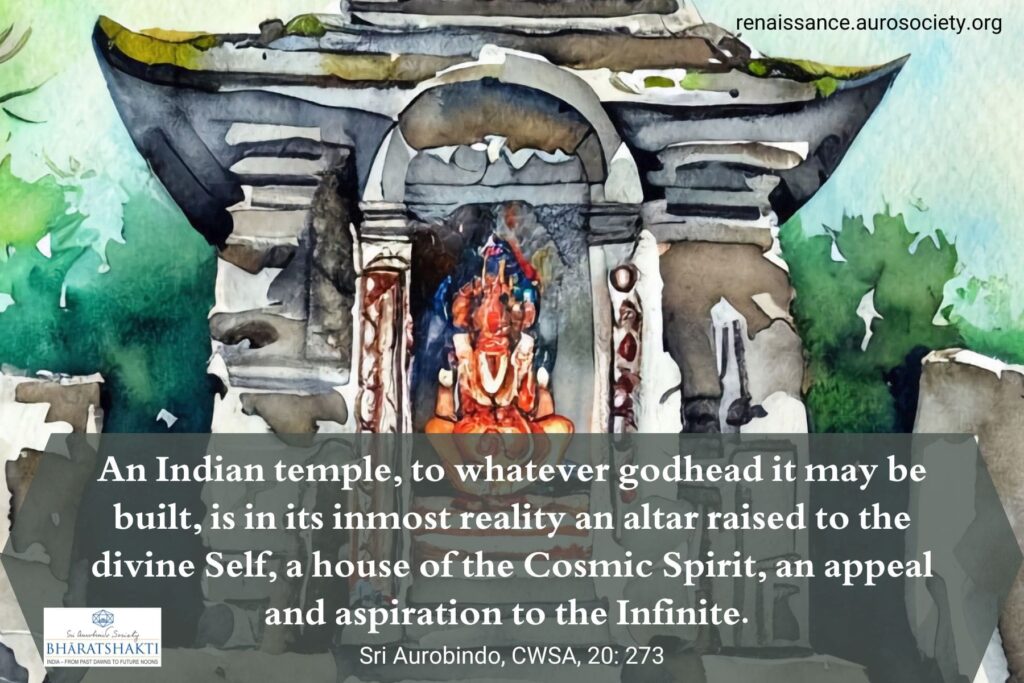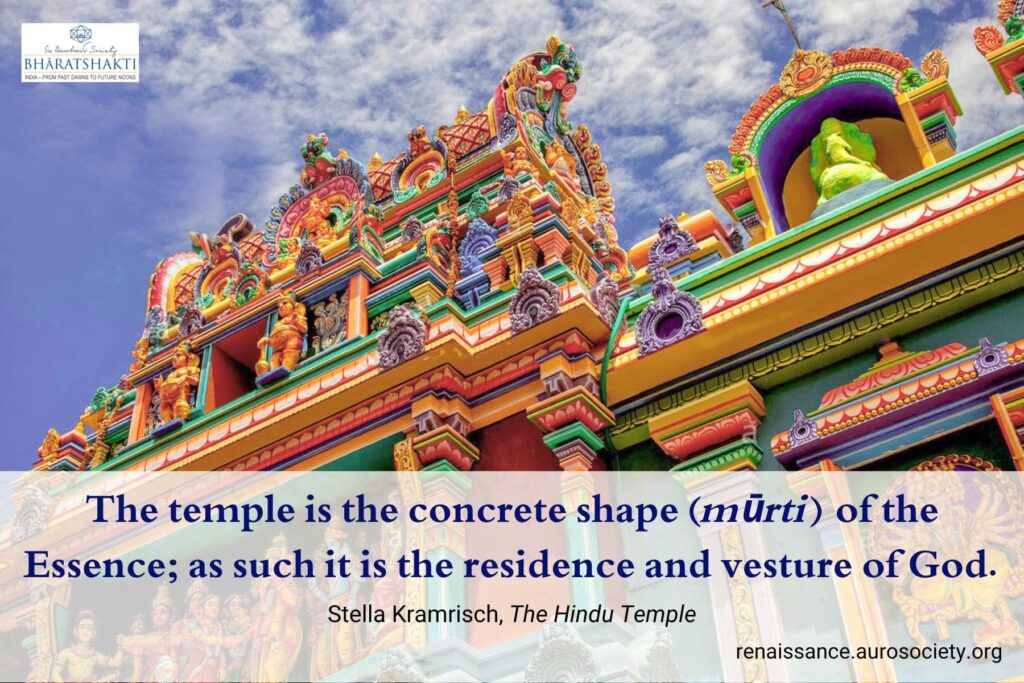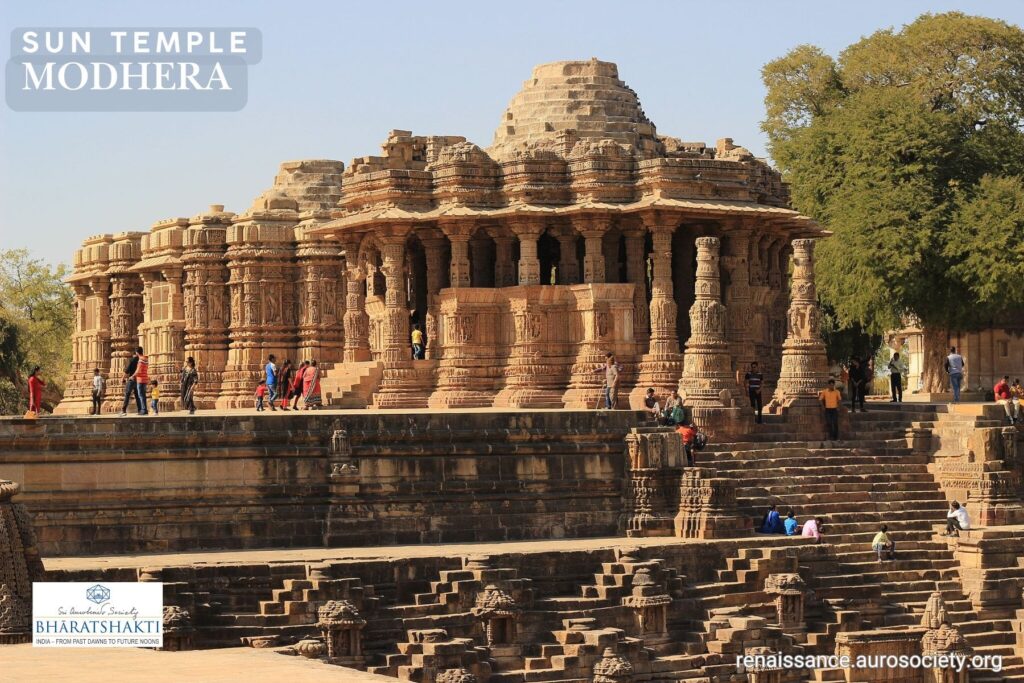Book Review: ‘Understanding Contemporary India in the Light of Sri Aurobindo’
This book published by Auropublications, Sri Aurobindo Society was released as part of the celebrations of the 150th birth anniversary of Sri Aurobindo.
Book Review: ‘Understanding Contemporary India in the Light of Sri Aurobindo’ Read More »


